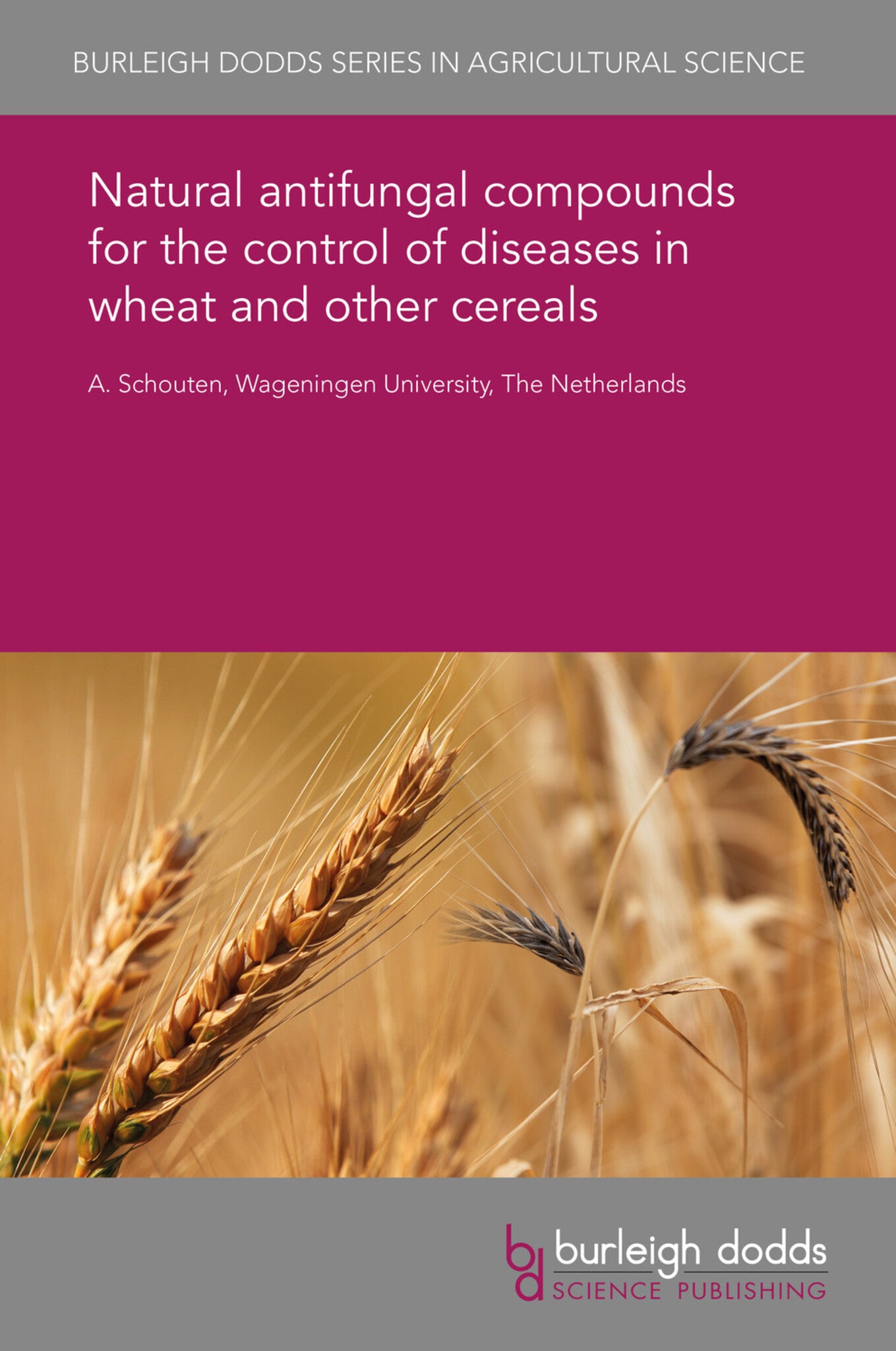We're sorry. An error has occurred
Please cancel or retry.
Natural antifungal compounds for the control of diseases in wheat and other cereals

Some error occured while loading the Quick View. Please close the Quick View and try reloading the page.
Couldn't load pickup availability
- Format:
-
22 October 2018


TECHNOLOGY & ENGINEERING / Agriculture / Sustainable Agriculture, Agronomy and crop production, TECHNOLOGY & ENGINEERING / Agriculture / Agronomy / Crop Science, TECHNOLOGY & ENGINEERING / Pest Control, Botany and plant sciences, Sustainable agriculture, Pest control / plant diseases

1 Introduction 2 Plant defence compounds 3 Outsourcing defences: recruiting soil microbes 4 Facilitating the outsourcing of defences 5 Resistance to microbial antagonism 6 Conclusions and future trends 7 Acknowledgements 8 Where to look for further information 9 References



